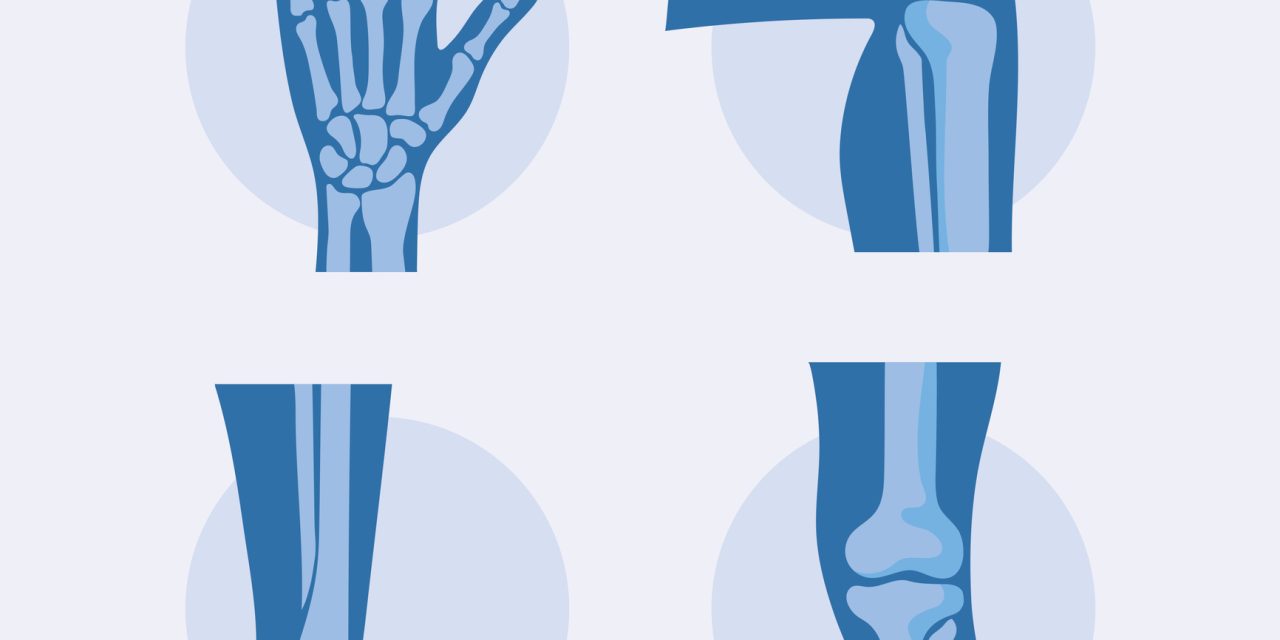To analyze the use of a multidimensional health assessment questionnaire (MDHAQ) to screen for depression, compared to two reference standards, patient health questionnaire (PHQ‐9) and hospital anxiety and depression scale (HADS‐D).
Patients from Barcelona with a primary diagnosis of rheumatoid arthritis (RA) or spondyloarthritis (SpA) completed MDHAQ, PHQ‐9 (depression=≥10), and HADS‐D (depression=≥8). The MDHAQ includes two depression items, one in the patient‐friendly HAQ 4‐point format scored 0‐3.3 (“score”), and a “Yes/No” item on a 60‐symptom checklist. Percent agreement and kappa statistics quantified agreement between 6 screening criteria: “Yes” score ≥1.1, score ≥2.2, EITHER “Yes” on the 60‐symptom checklist OR score ≥2.2, PHQ‐9≥10, and HADS‐D≥8.
Depression screening was positive by six criteria in 19.6%‐32.4% of 102 patients with RA and 27.9%‐44.8% of 68 with SpA (total=170). All MDHAQ scores, including depression items, were higher in patients with SpA than RA, and within each diagnostic group, in patients who met PHQ‐9≥10 and HADS‐D≥8 depression screening criteria. The highest percent agreement between an MDHAQ screening criterion vs. PHQ‐9≥10 was 83.3% for EITHER “Yes” on the 60‐symptom checklist OR scored ≥2.2, termed MDHAQ‐Dep; agreement of MDHAQ‐Dep vs. HADS‐D≥8 was 81.7%, similar to 82.2% of PHQ‐9≥10 vs. HADS‐D≥8. The agreement’s Kappa measures were 0.63 for MDHAQ‐Dep vs. PHQ‐9≥10, 0.60 for MDHAQ‐Dep vs. HADS‐D≥8, and 0.62 for PHQ‐9≥10 vs. HADS‐D≥8.
MDHAQ‐Dep of EITHER “Yes” on a 60‐symptom checklist OR score ≥2.2 gave similar results to PHQ‐9≥10 or HADS‐D≥8 to screen for depression in these RA and SpA patients.


